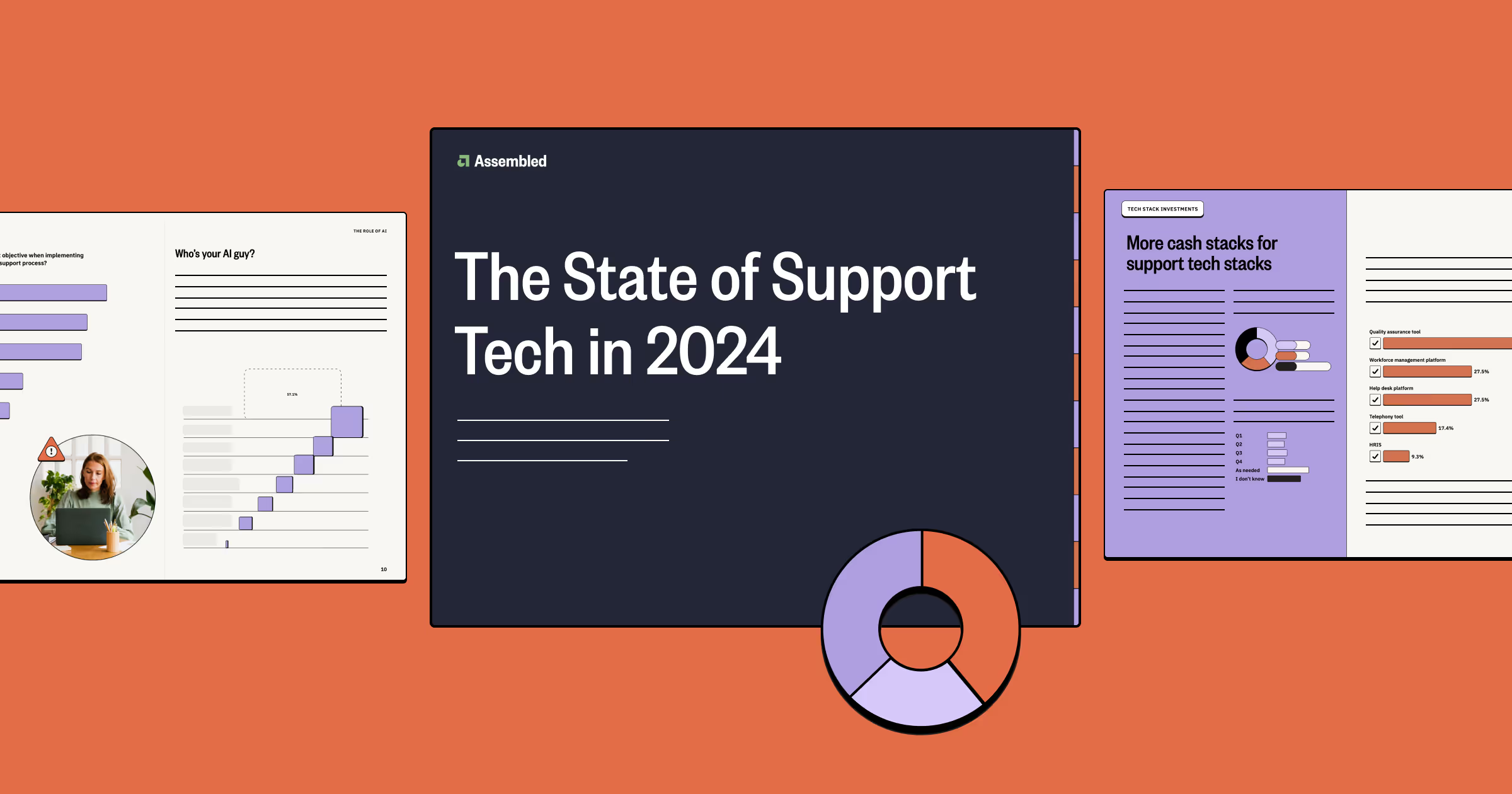Navigating the challenges of multi-BPO integration

In today's dynamic business landscape, companies are increasingly turning to multiple business process outsourcing (BPO) providers to enhance their customer service capabilities. While this strategy offers numerous advantages, it also brings forth a common challenge: managing workforce operations across fragmented systems. Integrating BPO Workforce Management (WFM) platforms can be a game-changer, but it's not without obstacles. Let's dive into the benefits, challenges, and strategies to navigate multi-BPO integration successfully.
The perks of integrating BPO workforce management
Integrating WFM platforms across multiple BPOs can transform operations and offer substantial benefits when executed well. Here’s what you stand to gain:
Enhanced visibility and control
Imagine having a comprehensive view of your entire workforce, no matter how many BPO partners you work with. Integrating WFM platforms consolidates scheduling, forecasting, and adherence data, providing a unified perspective. This bird’s-eye view is crucial for resource planning and optimization, helping you spot inefficiencies, balance workloads, and make informed staffing decisions. When you see the big picture, right-sizing your workforce and eliminating redundancies becomes much more manageable.
Real-time performance monitoring
In the fast-paced world of customer service, timing is everything. Integrated WFM platforms allow you to monitor performance in real-time across all BPO partners. This means you can quickly identify and resolve issues, ensuring consistent service levels and improved customer experiences.
Data-driven decision making
Data is the backbone of effective management. With unified reporting and analytics, you can benchmark performance across providers, identify inefficiencies, and standardize processes. This helps eliminate duplicate efforts, streamline operations, and drive significant cost savings. Having all your data in one place empowers better, faster decision-making.
Improved customer experience
Consistency is critical in customer service. Integrated WFM ensures that all BPO partners adhere to the same service standards, resulting in faster response times and quicker issue resolution. When your customers receive consistent, high-quality service, loyalty follows — and that’s a win-win for your business.
Benefits to BPO organizations
Your company isn’t the only one reaping the rewards. BPO partners also benefit from smoother collaboration. Relationships become more efficient and productive with reduced back-and-forth on billing, no need for agent retraining on new tools, and fewer duplicate schedule entries. This mutual benefit fosters more robust, collaborative partnerships between your company and its BPO providers.
The hurdles of BPO WFM integration
While the benefits of WFM integration are clear, it’s equally important to recognize the challenges that can arise during the process. Here’s what you might encounter:
Technical challenges
Integrating multiple BPOs often involves dealing with proprietary WFM platforms that don’t always communicate seamlessly. Standardizing data formats, syncing real-time information, and aligning performance metrics can require significant effort and resources. This process calls for close collaboration, patience, and persistence from everyone involved.
Operational obstacles
Technology alone doesn’t solve everything — aligning people and processes is just as critical. Standardizing workflows, aligning KPIs across providers, and managing change are substantial operational challenges. Clear communication and adaptability are essential to ensure everyone is on the same page.
Stakeholder alignment
Bringing together multiple stakeholders to agree on data sharing, security protocols, and integration strategies can feel like herding cats. Each stakeholder may have their own priorities and agendas, and balancing competition between providers with the need for collaboration adds complexity. Ensuring alignment across the board is essential to long-term success.
Potential downsides
Increased transparency may pressure vendor relationships, especially when performance issues are revealed. Additionally, over-reliance on integrated data might lead to micromanagement of BPO partners, which can damage trust. Striking a balance between oversight and trust is vital to maintaining healthy, productive relationships.
Strategies for smooth multi-BPO WFM integration
Fortunately, despite the challenges, there are proven strategies to help ensure a successful integration. Here’s how to get started:
Phased Implementation
Jumping in headfirst isn’t always the best move. A phased implementation lets you start by integrating high-priority data points first and expand gradually. This approach minimizes the risk of overwhelming your systems and teams, ensuring a smoother transition overall.
Selecting the right WFM platform
Flexibility is crucial when selecting a WFM platform. Opt for solutions that offer open APIs and robust integration capabilities. Customizable dashboards and reporting features will allow you to tailor the system to your unique needs, while cloud-based solutions provide the scalability required to manage multiple BPO partners effectively.
Collaborative planning
Don’t go it alone — involve your BPO partners early in the integration process to build ownership and collaboration. Open communication and continuous feedback loops ensure everyone stays aligned and can address issues promptly.
Joint governance frameworks
Setting up joint governance and decision-making frameworks helps ensure clarity and accountability across all stakeholders. This collaborative approach ensures that everyone has a say in the integration process, leading to more effective and sustainable outcomes.
Investing in change management
Change is inevitable, but it doesn’t have to be disruptive. Invest in change management and training programs to equip your staff and BPO partners with the skills and knowledge needed to adapt to new systems and processes. Clearly communicating the benefits of the integration helps build support and reduces resistance.
Embracing integration for a competitive edge
Integrating BPO Workforce Management systems is more than just a technical upgrade — it’s a strategic move that can significantly boost your company’s operational efficiency and customer service quality. While the journey has challenges, the benefits far outweigh the obstacles. By taking a phased approach, selecting flexible platforms, and fostering collaborative relationships with your BPO partners, you’ll unlock new levels of efficiency and excellence.
In a world where customer experience is paramount, successfully integrating your BPO operations will set you apart from the competition. It’s about seeing the big picture, making data-driven decisions, and building strong, mutually beneficial partnerships. Take the plunge — embrace integration, and watch your customer service soar to new heights.
__
Doug Casterton heads up Operational Excellence at GetYourGuide, where he leads teams focusing on Workforce Management, BPO Vendor Management, Customer Care Technology, Operational Intelligence & Reporting, and Customer Care Learning Experience. With over two decades of experience in contact centers and workforce management across various industries, Doug is passionate about optimizing customer experience through innovative strategies and technologies. You can find more insights from Doug on the weWFM blog and podcast.





